The Cornell Lab Bird Academy › Discussion Groups › Joy of Birdwatching › Activities: Helping Birds in Your World
-
Birds matter to me, on the surface, because of their beauty in physical appearance and beautiful song. But, deeper than that, they are a sign of healthy ecology and balanced life. I have enjoyed watching and observing birds since 2008 when my step-sister got me into it. But they also matter because of their high intelligence. As far as the seven actions, I am already reducing my use of plastic by using a recyclable container for water. I am interested in checking out more about how to safeguard windows from birds running into them. Unfortunately, we had a Northern Cardinal run into it this past year. It was okay but still prompted the awareness. I am already keeping my cat indoors as well. I also hope to participate in more Citizen Science and I currently volunteer as a Wildlife Rehabilitator. Thank you for this course! It has helped me to take my bird watching to the next level and increased my appreciation for them.
-
I'll add a personal note about a bird population that is increasing -- Bald Eagles. My husband and I enjoyed a wintertime visit to Yellowstone National Park thirty years ago with a small group of friends. One of our friends spotted a tiny dot in the sky. Bald eagle! Our friends all pulled out their cameras and took multiple shots of the far-away bird. My husband and I didn't waste the camera film (see how old we are!) since we'd seen many eagles much closer than that near my parents' home on the Northern Neck of Virginia. I'm glad to see that Virginia still has one of the highest numbers of breeding pairs, though a few states are higher. Birdwatching makes me feel closer to my parents who have both passed away. Many years ago, my mom became president of her local birding chapter even though she was a beginner. She was a natural leader -- always enthusiastic and eager to learn -- and my dad was eager to support any activity that involved walking and fresh air. When she died last year, I inherited her feeding station and have taken great pleasure in adding new feeders and different types of food. The birds were very important to her during the last years of her life, and we spent many relaxing hours just watching the woodpeckers, finches, bluebirds, and so many more. We have woods behind our house, and I made an effort to plant a few bird-friendly (and butterfly-friendly) shrubs and plants near the feeders. I hadn't done any gardening in a few years, but being home due to coronavirus restrictions gave me more time. I'm excited about choosing more native plants next year.
-
I helped at a bird count marking the birds spotted by different groups. A young man was seated in my area who was probably only 18 but he could identify all the birds we heard by their calls, chirps and songs. He had been studying them his whole life. It was fascinating and I was so jealous as I am 70 now. I thought what a wonderful gift he has to enjoy for his whole life. I don't see well enough to distinguish birds or locate them all that well quickly enough, but through this course and others taken here too have learned other ways to help me get to know them. I am a very early riser and I love to have my windows open (weather permitting in Minnesota!) So I can hear the pre-dawn chorus! It starts my day out right. Growing up I remember seeing more Bluebirds and Baltimore Orioles. I did Bluebird monitoring for a Nature Center a few years ago and it was disheartening to see how few hatchlings made it. I live in an apartment with no patio or deck and I don't drink coffee, so my biggest contributions are since covid I have done lots of walking in the neighborhoods around my house. I pick up all the plastic and other trash on my way and dispose of it properly and when we could, I worked at Earth day cleanups along the Mississippi and at native plant plantings and prairie restorations and seed gatherings. Thanks for a great course. I really learned a lot!
-
Thank you for this excellent course. I can talk more intelligently to the visitors coming to our BC Heritage Park in Black Canyon City, AZ - a birding destination that has an Ebird spot. I also am paying more attention to the birds at my home. Thank you so much.

-
Through this course, I definitely have been able to see birds in a new light, and I am now interested in taking steps to save them. The various footage of birds and bird songs have shown me that birds are really fascinating and worth watching. Also- with Activity 2- we do keep our cat inside!
-
Activity 2: When we bought our 1970s ugly house, we were thrilled by one feature: a 10 x 10 atrium. Wall on one side, glass sliders the other 3. We installed a cat door in one slider, installed a few beams, and wired in the top. Cost of materials: $100. Instant catio for our 2 indoor cats. They have ledges to climb and sleep on, a cat house, etc. It’s their happy place. We also have a patio, not a yard, on the other side of the house, and the bird feeders hanging there keep the cats endlessly entertained. It’s a myth that cats need to be outdoors. If enough stimulation is provided indoors, they can be quite content! (And the birds benefit, too.) In the front of our house, we recently replaced all the palms and lava rock (so 1970s!) with native plants. Working with a landscape designer, we chose bird and butterfly friendly plants that are indigenous to our area, and ones we see and love when we’re out hiking. I can’t wait for the Toyon to bear fruit—birds love the red berries. We also planted a bunch of milkweed behind the house, thinking we’d create a monarch butterfly station. Too close to the bird feeders! The Yellow Warblers loved the caterpillars... Will investigate the bird friendly coffee. I hope Peet’s has it! Please, please. Let Major Dickason’s be bird friendly!


-
Activity 1: Why birds matter to me. My Dad is responsible for fostering my interest in birds. When I was a child, I remember how vigilant he was about keeping the bird feeder well-stocked during the winter, his efforts to keep the neighbor's cat away, and how he would point out the different birds at the feeder by showing me his field guide. To this day, I enjoy when he calls letting me know there's a hawk in the backyard terrorizing the frequent flyers at his birdfeeder. I hope parents realize that by sharing their interests, they can shape the next generation of enthusiasts, whether it be birding or any other hobby.
-
I've been involved in citizen science related to birding for nearly 20 years. I started with the Great Backyard Bird Count, then Project Feeder Watch. I've been using ebird.org for 14 years, but this course introduced me to some of the features of the site that I wasn't as familiar with. I will be definitely taking the Ebird Essentials free course next. By education I am a plastics engineer, but I am not a fan of plastic bottled water. I keep a yeti thermos bottle filled with filtered tap water next to me at all times. One tip - the plastic ring holders used on six packs of soda pop are a particular concern for shore birds and marine life. Take a few seconds and snip the rings with scissors before tossing them in the trash. We have a second floor deck patio door and have experienced bird strikes up close and personal. (In one case a cardinal hit our door and while stunned a hawk came down and swooped it up. My wife is still traumatized...) A web search brought us to the American Bird Conservancy list linked in this lesson. After researching the list, we opted for the Feather Friendly DIY adhesive dots. Super easy to install and almost invisible from the inside. Put them up at the start of this summer, so far no casualties!
-
Activity 2: I made my entrance into the bird world while watching a Hummingbird build a nest just outside my front door. For the first time I noticed the beautiful Western Tanager on its spring migration through my neighborhood. It's probably done this migration many times before but for once I just sat and listened to the sounds around me and that is how I discovered them. Since that time I have participated in a raptor survey and will do it again next year. I have joined the Audubon Society and participated in a bird walk. I found these courses and plan to take more. I think the greatest thing I am doing right now for birds is sharing what I have learned with friends and family. This has made them more conscious and aware of the birds around them. They too, now look and listen. Once traveling is safe again, my sister and I plan on making a trip out to New York and Sapsucker Woods. In the meantime I will have to be satisfied with watching the live feeder cams!
-
Activity 1: Birds as an essential species are special because their existence is up close and personal. That is the science of their contribution to the ecosystem is complemented delightedly in their art form - both sight and sound. Are home is enveloped by these sights and sounds which is pleasant and constant reminder of their importance more so than any species that live here on our farm. This course has only reinforced our observational skills and encouraged us further down the citizen science trail we must stay on. Activity 2: We are reducing or avoiding plastic. We recover waste plastic on our river shore. We observe and report what we see on eBird. We participate in an annual Blue Bird nest watch here in Virginia. We provide feed for are yard birds during harsher months and prior to breeding. Our cats stay inside and enjoy the birds from the windows. We have installed anti collision products on our windows but need to do more here. Activity 3: The most significant losses over my lifetime here on Waterloo Farm has been the reduction of Quail population or "Bobwhite" and the Whippoorwill. A pair of Bobwhite were heard and observed in 2018 but we believe a window birdstrike at our home took one. A single has been back in 2019 and 2020 calling which may have been a mate. We have allowed old hedgerow sites to regenerate in order to support this species but are not seeing the results of yet. The Whippoorwill we thought, was heard around 2015 but not since. This species was my best childhood memory, falling asleep in a non-AC, window open house in the hot summer with this lovely singer calling into the night. A sad loss here. Activity 4: I signed up for the Virginia Breeding Atlas project but have not been a good participant. This course has stimulated me to get more training on how to observe in breeding season including nesting.
-
Activity one: I love birds. They are precious to watch and beautiful. I know some of the citizen science projects but not all of them. I didn't know about the bird safe coffee. I've learned a lot about birds and they're habitats and identification. I plan to take more birding courses and practice more in the field.
-
I didn't know about the coffee either. I need to check my Starbucks coffee package!
-
-
Activity 1: Why do birds matter to you? Has this course changed your thoughts about why birds are important? Post your thoughts in the discussion. I've always loved birds. They bring joy and beauty to the day. They are examples of God's artistry. Of course, the items highlighted in the last section (pollination, seed spreading, serving as notifications of climate issues, cleaning up, etc.) show their added importance. I hadn't really realized their important role as pollinators and seed spreading. Yet, even if they didn't do these things, I'd think they were just essential for their sheer beauty, visually and through their song. Activity 2: Think about the Seven Simple Actions to Protect Birds. Which are you already doing? Could you practice any of them more extensively, or start trying more of them? What other actions can you think of that could help birds? Share in the discussion. Prior to the course, I have made an effort to avoid using water in plastic bottles when I could, opting for filters or larger/reusable jugs. I recycle when possible. I have done container gardening and didn't quite realize how helpful it could be to the birds. Yet, today as I was sitting on my balcony and several sparrows sat on the railing near me, I wondered if they were drawn partly by the plants there. One thing I will probably be more mindful of is coffee and how it is harvested. Activity 3: Have you noticed bird populations changing over your lifetime? Share your observations in the discussion. I moved to a different part of the country when I graduated college. So I haven't really noticed the changes in birds over a long period because the climate where I live now is slightly warmer. We get some birds here out East I would never see in the MidWest (such as Eastern Bluebirds). I do think I see more Eastern Bluebirds (rare that they still are) than I used to 10 years or more ago - which is probably due to some conservation efforts. This year I have seen more blue jays and cardinals than I recall in prior years - but am not sure if that is a trend or not. Activity 4: What next steps do you want to take in your birdwatching journey? Has this course inspired you to try anything new or make any changes in your life? Share in the discussion. I think I will continue to pay more attention to bird behavior, knowing more about what's behind it. For example, the other day I saw an unusual site of 7 or so mourning doves on the roof of a nearby building. I was able to grab my binoculars and saw them preening - which I now know is important for flight. I am attaching a photo of those birds here. I also hope to get my cameras in more ready shape - as my phone camera does not do nearly a nice job on the pictures. To be honest, I dragged my feet on finishing this assignment, as it signifies the end of a course that was not only interesting, but a way to keep me busy and engaged during the isolation of COVID-19 restrictions. It was something to look forward to. I will probably find another class, and eventually hope to take a class on bird song identification. Not only has this class helped me to pay more attention to birds, but to other wildlife as well. (Such as squirrels.) There is so much in the natural world to learn about and explore, even for someone who has been around for a while!

-
It is great to find there are so many ways to participate in Citizen Science, helping birds and adding fun new opportunities. There is The Great Backyard Bird Count which was my introduction to birding. I am looking forward to and the Christmas Bird Count. Project FeederWatch sounds like a wonderful project. That may have to wait for me as I am having a surgery and will be recovering this year. But as a future project definitely! NestWatch sounds a little intimidating to me at the moment. I just came upon Celebrate Urban Birds and that seems like a real adventure. I am inspired to brush up my Spanish. I am regularly submitting checklists with eBird. That has become the highlight of my day!
-
Activity 1: Birds are a world to me. I can’t even imagine waking up one morning and not hearing or seeing House Sparrows around. Everything in this world is connected. Knowing your neighbors is important. Birds can show if there are ecological problems around you. I feel we need more trees in our neighborhood, because the bird variety is poor. I’ve always wanted to expand my knowledge about these feathery creatures. Bird watching is so much fun! Activity 2: Just talking about birds, sharing books, pictures, videos or your personal observations can make others more bird conscious. From the seven actions there’s one I haven’t done yet – finding shade-grown coffee. I never thought of how coffee is grown until this course and I’m glad I can use my knowledge to help birds and be rewarded with delicious coffee. Activity 3: I think there are fewer birds in the cities than 10 years ago. From what I’ve read we are to blame. New building designs don’t allow nest building; only one type of grass seed used in city parks and lawns provides poor seed and insect diet for birds; there are less green areas and parks for birds to live, which also provides poor ecological environment for us. Activity 4: I’d like to know more about bird seasonal and gender behaviors, their feather color changes. Knowing about bird flight patterns and songs would make it easier for me to identify them. I really want to go to different parts of the country to see all the variety of birds I found in the books and applications. I even started a bird painting course that will help me to be more observant and notice more details in bird shapes, coloration and behaviors. I also signed up for the course Ornithology: Comprehensive Bird Biology. I'm really grateful for this course! Feels like a nice start of a great journey!
-
Activity 1: Birds are awe inspiring and inspirational. A testament to observation and exploration. Birds have always given me a sense of time and place and I value their presence in the world very much. Activity 2: I am guilty of owning a keurig coffee system. It does have a side compartment for making pots of coffee - so I should be keeping an eye open for bird friendly coffee. I also want to limit my use of single use plastics, however with growing demand for personal protective equipment in the form of masks and gloves - I fear 2020 may set us back years in reducing single use plastics. Activity 3: I haven't noticed a sharp decline in bird populations in my lifetime. When I was a kid I volunteered in a peregrine falcon recovery effort and it seems like peregrine falcons have made a come back as mentioned in the raptors section of this unit. Activity 4: This course has inspired me! I would like to start a birdwatching group called "The Thousand Islands Birdwatchers Association." Would love some guidance or next steps in order to properly register this association! I'd also like to invest in a nice set of binoculars and a good camera with a proper telephoto lens. I've already picked up a Stokes field guide and a Peterson field guide. :)
-



-
 Loved these birds by the water.
Loved these birds by the water. -

-

-
Activity 2: Of the 7 Simple Actions, I am already doing these: 1.Use native plants: In my backyard gardens I have added more native plants, and am trying to learn about more of them that also might do well in our local conditions. After taking this course, I am more conscious of how plantings can also help to support bird life. 2.Avoid pesticides: never use them 3.Reduce plastic use: Yes, reduce, re-use, recycle, as much as possible. Mostly try to reduce wherever I can. What I will try to do: 1.Drink shade-grown coffee: I have been vaguely aware of these labels on coffee brands, but will look for them now. 2.Do citizen science: I hope to become an active participant -- This course has been such a wonderful introduction! I have made my first few entries to eBird, but certainly need to get more confident and establish connections that will help me to do so. Another action to take is to let others know about the 7 Simple Actions.
-
Activity 1: Birds matter because they are essential parts of their environments. They are both predator and prey, they pollinate, fertilize, disperse seed. They have roles that surely we don’t fully understand. Their songs lift us up. Their flights and migrations inspire and amaze. I associate certain bird songs, calls and sightings with particular events that bring good memories when I hear or see them again. The endangerment or disappearance of birds remind me that I need to do a better job in my own way of improving the health of the earth.
-
The 2020 Great Backyard Bird Count started my bird watching. I received an email about it and felt this was something we just had to do. At first eBird and Merlin a bit confusing but now are everyday essentials. My interest continued thanks to a mystery bird that sang every morning right outside my window. I started every day saying who is that bird! I would go to work and talk about this to my coworker and sing the call. Finally one day I could show him a picture in Merlin of the Dark-eyed Junko and play the exact song I had been singing. Now my husband and I sit outside every evening and watch birds. I am recovering from surgery and this has helped me connect to the outdoors. I think the birds recognize us and they come up on the deck to say hello. It will be great when I can go to different locations to bird watch. Another goal is to add more native plants to our yard to make a better habitat. Starting a journal is another plan. There are lots of observations like why did we not have Mockingbirds here this year or noticing that the Quail visit different locations in the neighborhood that can be noted. Our coffee is organic and fair trade but there is a whole lot more to know about how coffee is grown. A brief search brought up articles from The Cornell Lab, Smithsonian Institution, National Audubon Society and more. This is just the beginning of a really interesting, enjoyable and planet positive new direction. Thank you!
-
The biggest change I have noticed is the number of birds that remained in my area this winter. Cedar waxwings, Goldfinches and even Bluebirds stayed through the winter, something I haven't seen before. Here is a photo of the bluebird I saw on my deck in December this past winter.

-
What a beautiful picture of this bluebird. Thanks for sharing! Cathy
-
-
I am glad to have a yard full of many native species and plantings that offer excellent habitat for birds and many insects. Right now I have species such as service berry, vibernum, red twig dogwood, asters, oaks, eastern red cedar and more. I am hoping to add to this collection this fall based on the suggestions from this class. My hope is to add Rhododendron periclymenoides, narrow-leaf mountain mint, wand panic grass, and either a poosum-haw or a Southern arrowwood. We also have a local arnoretum that has a native plant sale every spring and fall. I will try to aquire my plants from them. While taking this class,I have become aware of the vast bird population that visits my yard. The native plants are working even better than I realized! Hooray.
-
 Activity 1 & 4: I love watching birds, therefore we have various different feeders in our garden, seed feeders, nectar feeders and a fruit table. We also have a bird bath which we clean out regularly, it is lovely to watch the Cape Robins, Olive Thrush and Bul buls taking a bath. I took part on the 12 May in Ebird global count day and since then I have become pretty addicted to watching birds, I have decided to buy myself a DSLR Camera, in order to be able to take close up photographs of birds.
Thank you for giving me this new found inspiration to observe birds even more closely than I did before, everytime I hear a bird I look up to try and spot it, I am now able to identify at least 6 birds by hearing their song or call.
Activity 1 & 4: I love watching birds, therefore we have various different feeders in our garden, seed feeders, nectar feeders and a fruit table. We also have a bird bath which we clean out regularly, it is lovely to watch the Cape Robins, Olive Thrush and Bul buls taking a bath. I took part on the 12 May in Ebird global count day and since then I have become pretty addicted to watching birds, I have decided to buy myself a DSLR Camera, in order to be able to take close up photographs of birds.
Thank you for giving me this new found inspiration to observe birds even more closely than I did before, everytime I hear a bird I look up to try and spot it, I am now able to identify at least 6 birds by hearing their song or call.
Read More:

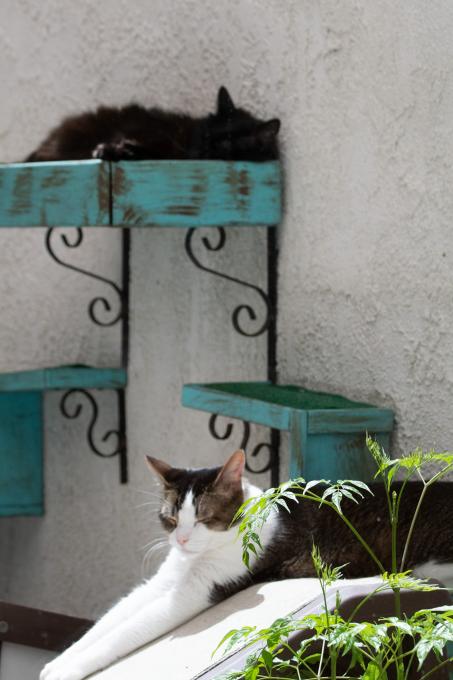
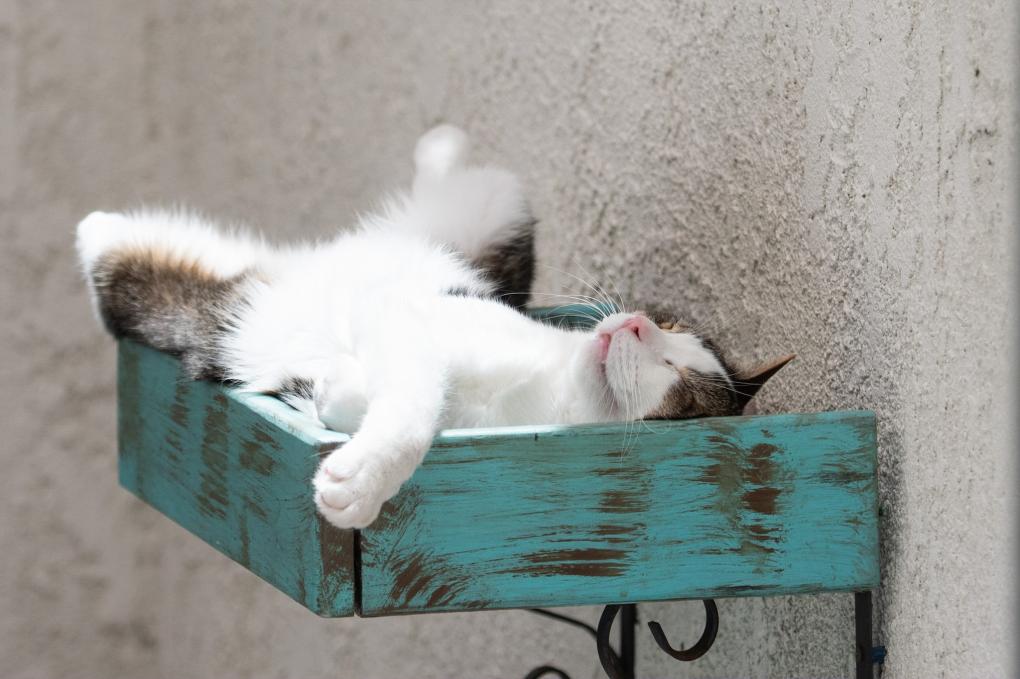
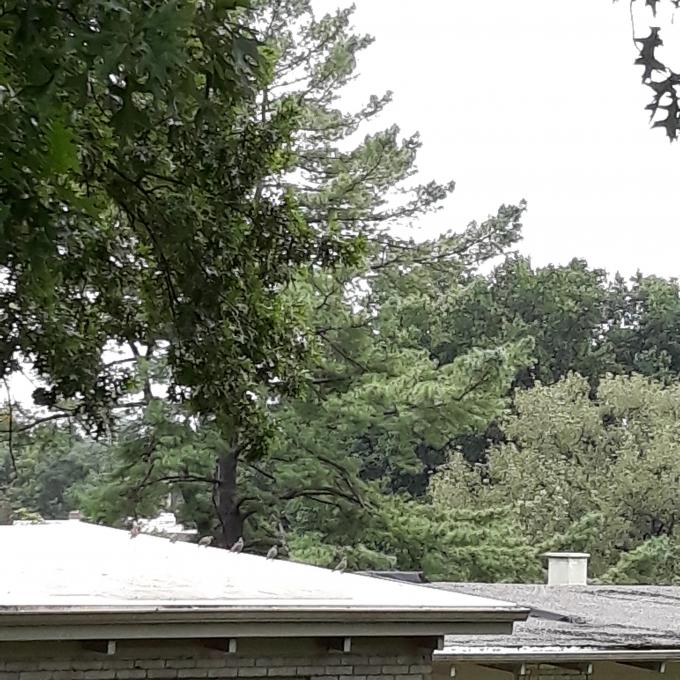
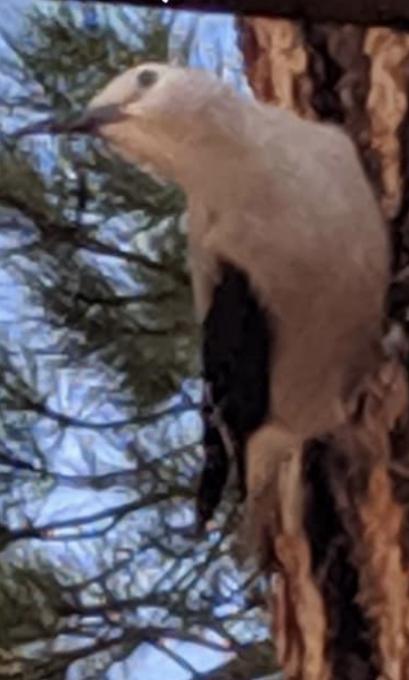
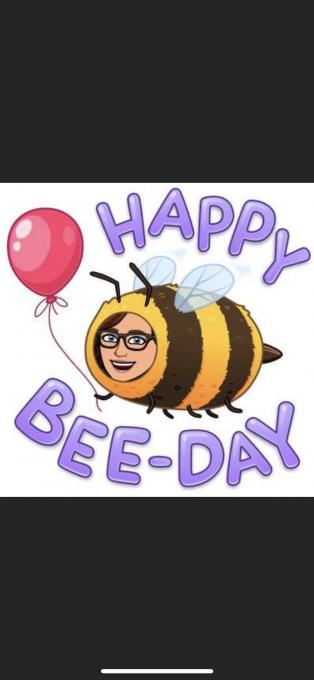
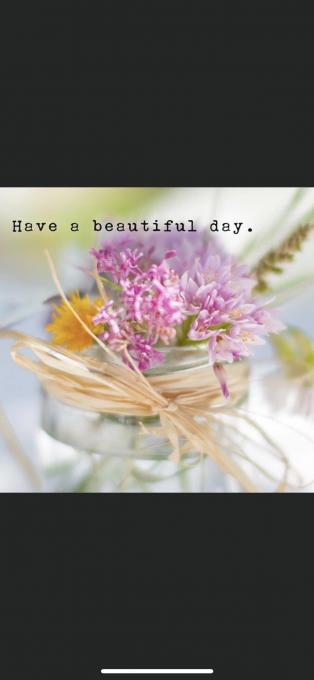
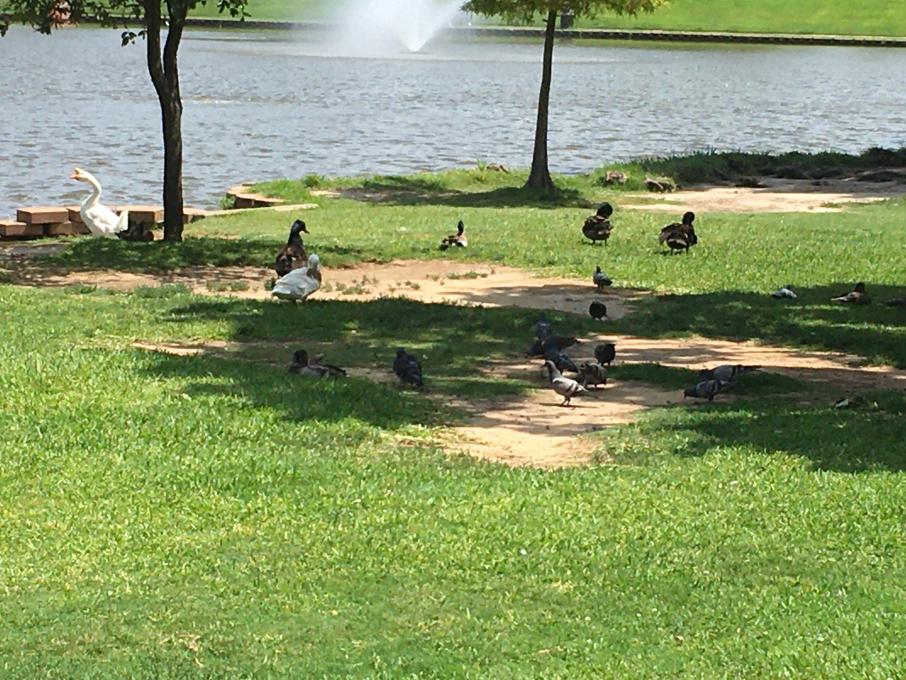 Loved these birds by the water.
Loved these birds by the water. 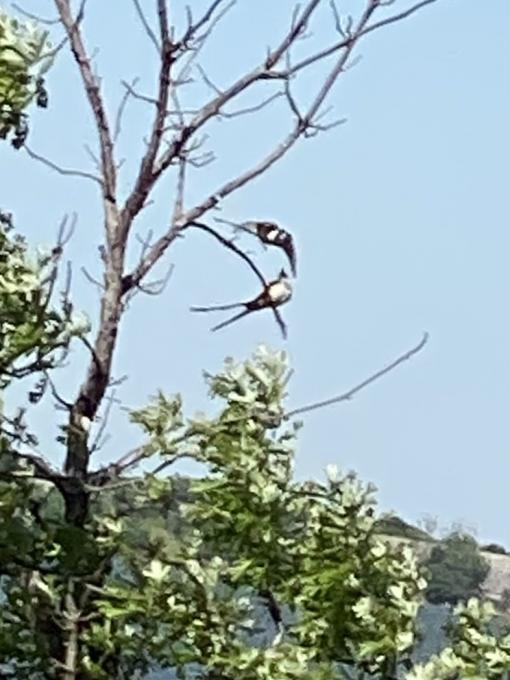
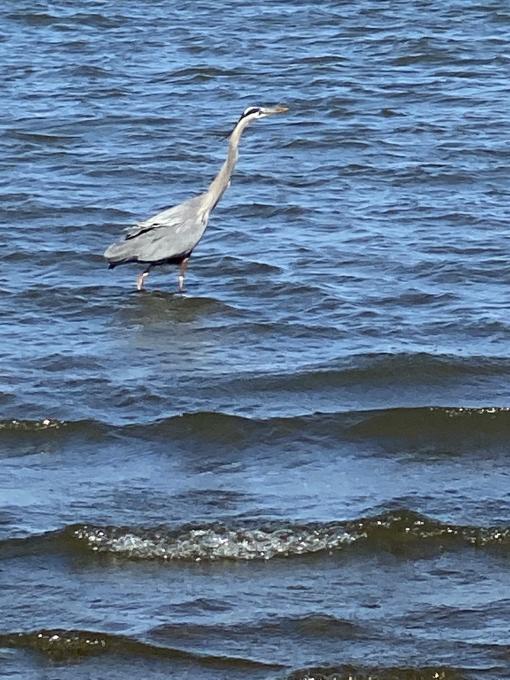
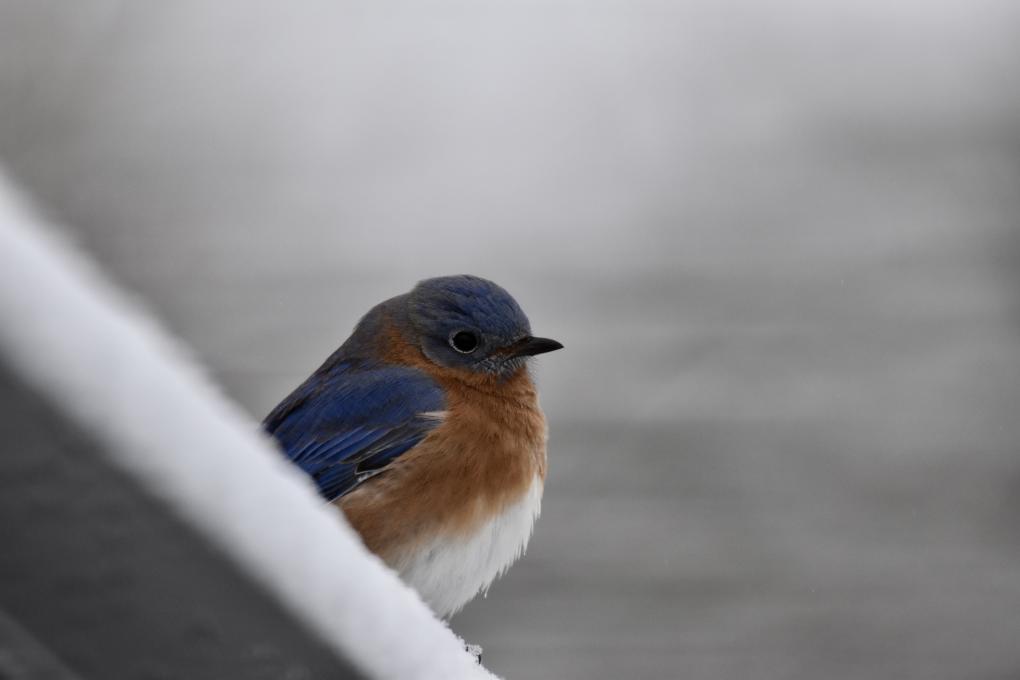
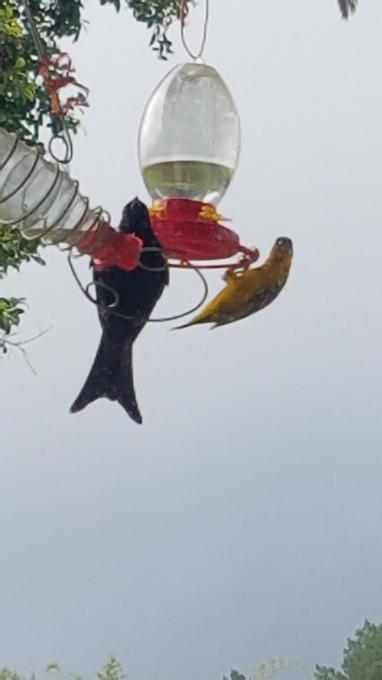 Activity 1 & 4: I love watching birds, therefore we have various different feeders in our garden, seed feeders, nectar feeders and a fruit table. We also have a bird bath which we clean out regularly, it is lovely to watch the Cape Robins, Olive Thrush and Bul buls taking a bath. I took part on the 12 May in Ebird global count day and since then I have become pretty addicted to watching birds, I have decided to buy myself a DSLR Camera, in order to be able to take close up photographs of birds.
Thank you for giving me this new found inspiration to observe birds even more closely than I did before, everytime I hear a bird I look up to try and spot it, I am now able to identify at least 6 birds by hearing their song or call.
Activity 1 & 4: I love watching birds, therefore we have various different feeders in our garden, seed feeders, nectar feeders and a fruit table. We also have a bird bath which we clean out regularly, it is lovely to watch the Cape Robins, Olive Thrush and Bul buls taking a bath. I took part on the 12 May in Ebird global count day and since then I have become pretty addicted to watching birds, I have decided to buy myself a DSLR Camera, in order to be able to take close up photographs of birds.
Thank you for giving me this new found inspiration to observe birds even more closely than I did before, everytime I hear a bird I look up to try and spot it, I am now able to identify at least 6 birds by hearing their song or call.